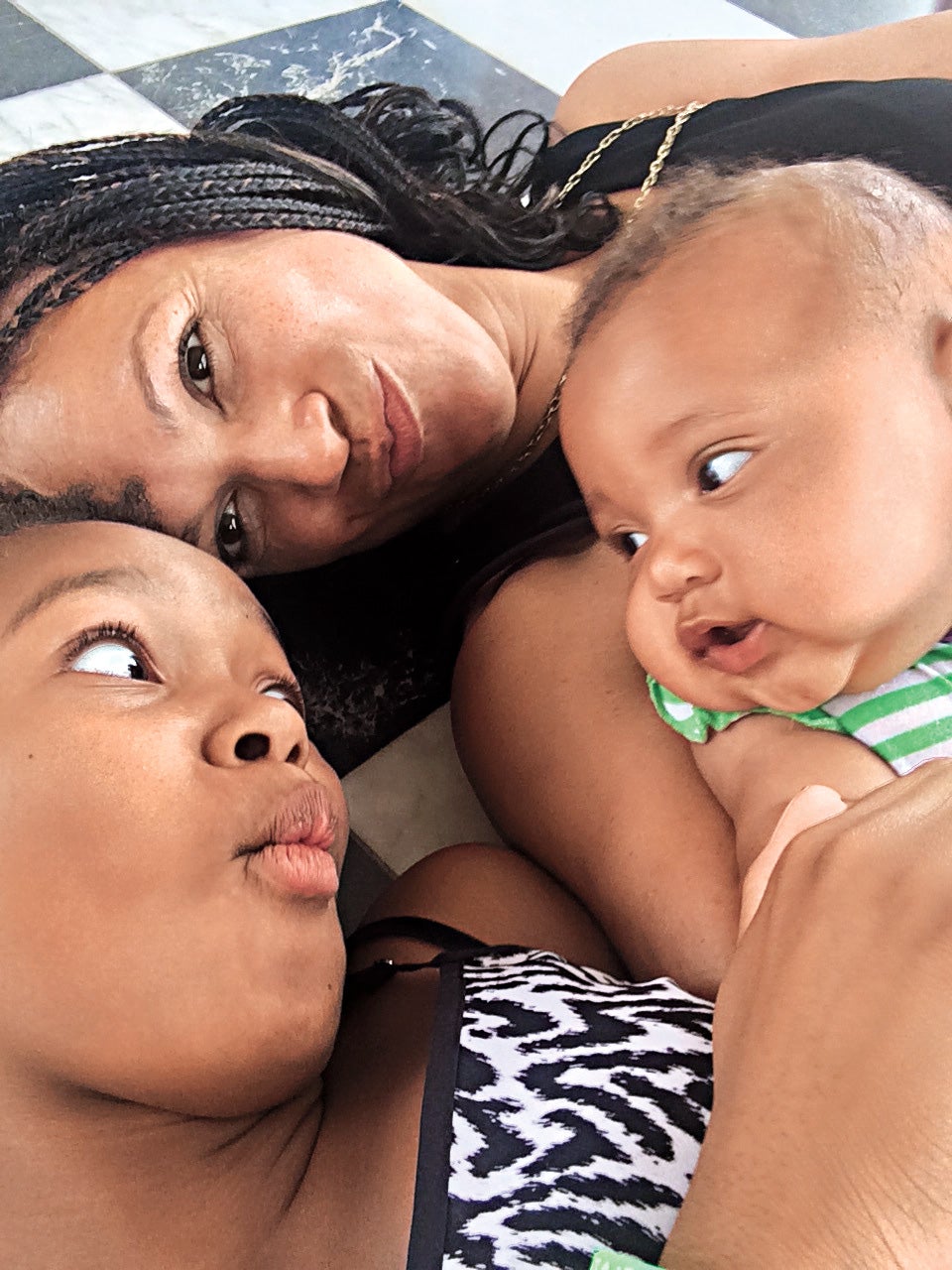
When my daughter Parker was 10 and my niece, Elise, was 9, I took them to Disney World. The girls had been walking for hours through the theme park one hot August afternoon, but I subjected them to one last test of their preadolescent patience—I made them stand in line for nearly an hour to meet Princess Tiana.
I have a serious critique of any formula that encourages young girls to await rescue by an unknown man and insists that “princess” is the most exalted role to which a girl can aspire. But even with my firmly entrenched resistance to this practice, my inner 8-year-old turned cartwheels when Tiana was introduced in The Princess and the Frog back in 2009. Here was a Black princess from New Orleans, and I was raising a little Black girl in New Orleans. We were going to stand in line to meet her even if it was 100 degrees, dammit! I bubbled with anticipation, but Parker and Elise were utterly blasé. “Why aren’t you more excited to meet the Black princess?” I asked. Parker’s response: “Mom, we’ve got Sasha and Malia. Why do we need Tiana?”
Growing up, I yearned for images of Black girlhood and womanhood. Whenever a sister graced a magazine cover, I bought it. I never missed an episode of The Cosby Show. I can still recite full dialogue from A Different World. Today, I am a loyal citizen of Shondaland and I have an automatic bias toward Black female contestants on Top Chef and Project Runway.
I still ache from a childhood void of affirming media images, and presumed my daughter was operating with the same angst. Her invocation of the Obama daughters reminded me that the world she sees is different. Parker’s consciousness is awash with images of First Lady Michelle Obama, Lupita Nyong’o, Queen Latifah, Serena Williams and even her own mom on the TV screen on weekend mornings. She did not need to consume a Black princess with the same awestruck hunger I felt. Instead, my girls yearn to be seen.
Back in July, Parker and I were in Paris on a family trip. Instantly, she noticed that the way the French dress is very different from how Americans dress. And she got with the program! She put on black, wore neck scarves, shunned her tennis shoes…the whole deal. I realized that as much as we learn from seeing, we are also shoring up our sense of identity by managing how we are being seen.
My baby daughter, AJ, insists on being seen as well. She wants the iPhone to be put down. She wants us to smile at her…now! Nothing generates cascading giggles of happiness as much as when she has the full attention of Daddy, Mommy and big sister Parker. At just 6 months old, AJ is not seeking a world that looks like her. She needs a world that reflects an utter joy about her presence. Babies learn their worth, in part, through the reaction of their caregivers in the first moments of connection. It is the wide-open eyes, broad smiles and cooing singsong of our voices that assure her she is safe and well. When we greet our children with smiles, we teach them that they are a source of joy.
This is the key insight of Sweet Honey in the Rock’s song, “No Mirrors in My Nana’s House”:
There were no mirrors in my Nana’s house…I never knew that my skin was too Black / I never knew that my nose was too flat / I never knew that my clothes didn’t fit / I never knew there were things that I’d missed / ’Cause the beauty in everything / Was in her eyes (like the rising of the sun) / Was in her eyes.
The media delivers powerful suggestions to Black girls about what is valuable and aspirational. And though there are more diverse representations of us now than in previous decades, we can’t forget that the most important image our girls will ever see is their own reflection in our eyes.
This article was originally published in the October issue of ESSENCE magazine, on newsstands now.
